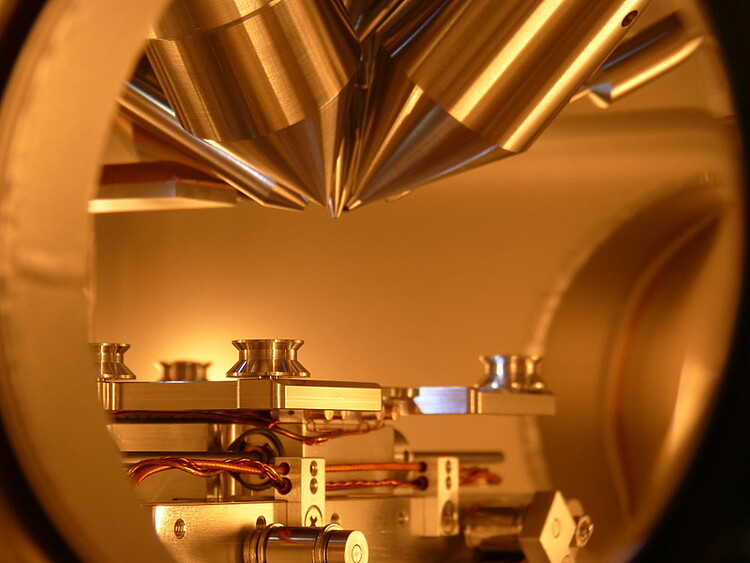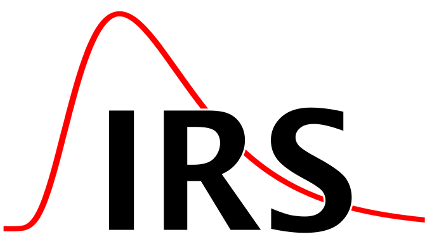Secondary Ionisation of Radioactive Isotopes for Ultra trace analysis with Spatial resolution (SIRIUS)

| Led by: | Prof. Dr. Clemens Walther |
| E-Mail: | walther@irs.uni-hannover.de |
| Team: | Hauke Bosco, Martin Weiß, Manuel Raiwa, Paul Hanemann |
| Year: | 2019 |
| Funding: | BMBF 2020+ 02NUK044A |
| Duration: | 01.01.2016 - 31.12.2019 |
About the project
The behaviour of plutonium in the environment is of high importance in the field of radioecology. Previous studies show that a sole ultra-trace analysis of plutonium does not give answers to all issues in question.
It is due to the complex chemical binding properties, that detailed speciation analysis is inevitable to understand the behaviour in the environment properly.
A significant proportion of radionuclides distributed by nuclear weapons tests, nuclear reprocessing, nuclear power plants or accidents into the environment exists as radioactive particles of different size, composition and activity. Discharges from these particles are usually very low, resulting in the need of analytic techniques of the highest sensitivity.
Therefor a spatially resolving time-of-flight secondary ion mass spectrometer (ToF-SIMS) is applied to analyse sub micrometre samples. Detection of all main and minor elements is achieved due to a coupled resonant laser ionization system, which improves selectivity as well as sensitivity noticeably.


